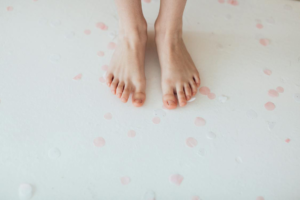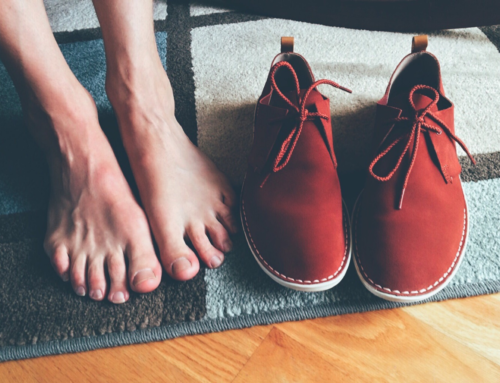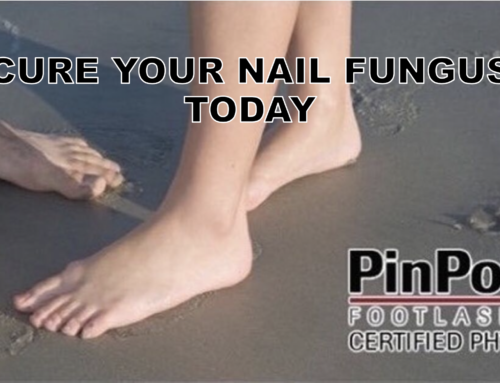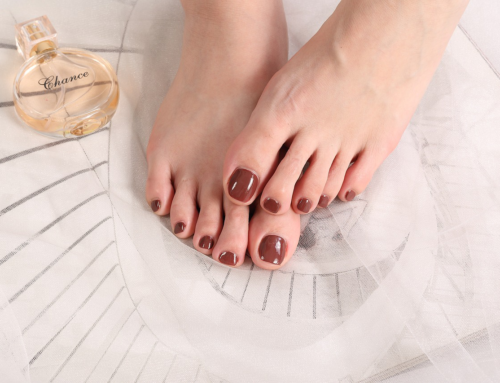Many people think of locker rooms and public showers when it comes to toenail fungus infections. While those are common sources, there are many other places you may not realize could contribute to both initial infection and reinfection.
Where Fungi Can Be Found
Fungi are all around us in the environment. They live in soil, water, plants, animals, and even in our homes. While most fungi decompose non-living materials or help in food production (like yeast in bread or beer), some can cause health problems.
One example is Candida, a fungus that can cause yeast infections as well as conditions such as nail fungus, athlete’s foot, jock itch, and ringworm. Mold spores are also common in food, old materials, and damp areas.
The key takeaway: fungi are everywhere, and not all are harmful—but some can lead to stubborn infections like toenail fungus.
Hidden Areas in Your Home That May Harbor Fungus

Carpet
Carpet fibers can trap fungus spores from bare feet, socks, and shoes. This creates a hidden source of reinfection. To minimize risk, regularly disinfect carpets. Avoid steam cleaning if moisture remains in the fibers, since leftover dampness can make the problem worse.
Bedsheets
Sleeping barefoot can transfer fungus spores and skin cells to your sheets. Over time, this can lead to reinfection or spread to other family members. Wash your sheets frequently in hot water to kill fungal spores.
Towels
Towels are another overlooked source of fungus. When drying your feet, spores can transfer to the fabric, creating a cycle of reinfection. To prevent this, wash towels often—and again, use hot water to ensure spores are eliminated.
Tips for Preventing Toenail Fungus at Home and in Public
Prevention is just as important as treatment. A few small changes in your daily habits can make a big difference. Always wear flip-flops or shower shoes in public places like gyms, locker rooms, and swimming pools. At home, avoid walking barefoot on damp surfaces, and rotate your shoes daily to let them dry out fully. Wash socks in hot water, disinfect nail clippers regularly, and avoid sharing footwear or personal grooming tools. By taking these precautions, you reduce the risk of reinfection and help protect your family from toenail fungus.
Why Toenail Fungus Keeps Coming Back
One of the biggest challenges with toenail fungus is that it thrives in places we often overlook. Even if you successfully treat the infection, spores left behind on surfaces like carpets, towels, or shoes can cause reinfection. Fungus is resilient and can survive for long periods in warm, damp environments, which is why it’s so common in households and shared spaces. Without addressing these hidden sources, people often find themselves dealing with recurring infections.
Laser Treatment for Toenail Fungus
If you’re dealing with toenail fungus, professional treatment may be the most effective solution. At Laser Nail Therapy, we use the FDA-approved PinPointe Laser, which typically requires only one session. Unlike topical creams (which have low cure rates) or oral medications (which carry risks such as liver toxicity), laser treatment is:
-
Safe and FDA-approved
-
Painless, with no side effects
-
Highly effective, with the best cure rate available
-
Convenient, with no recovery time required
Our nail doctors in Scottsdale, AZ recommend the PinPointe Laser as the most effective option for treating toenail fungus.
If you notice signs of nail fungus, call us at (800) 672-0625 for an appointment at our Scottsdale location, or visit our website to learn more about our doctors at over 150 locations nationwide.




